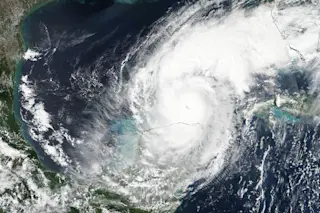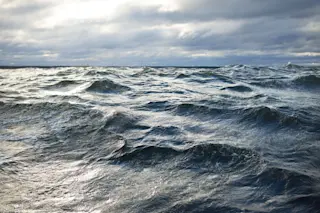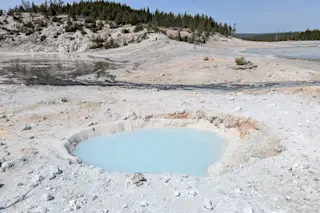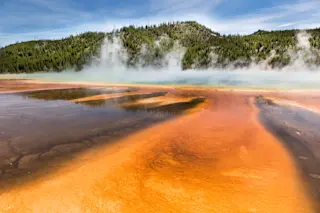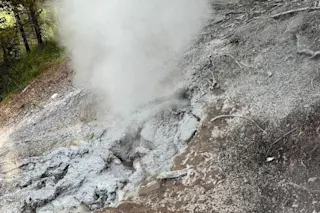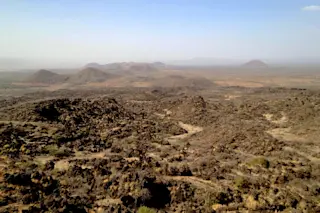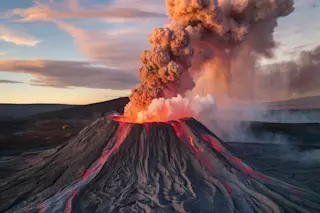We talk a lot about the impacts of anthropogenic climate change. Rising sea levels, heat waves, melting glaciers -- they are all changes our planet is experiencing as the temperature rises. However, these can seem a little abstract if you're not experiencing them yourself. Sometimes it takes a concrete example of just how climate change is influencing not only changes to our landscape and ecosystems, but also to things like ... baseball.
The Tampa Bay Rays play at Tropicana Field, a domed stadium in St. Petersburg, on the "ocean side" of Tampa Bay. When Hurricane Milton struck in the middle of October, much of the mid-Gulf Coast of Florida was slammed by heavy rains, high winds and a very large storm surge. Even though Milton made landfall as a Category 3 hurricane after weakening slightly, it did cause immense damage that might total over $34 billion, making it one of ...


